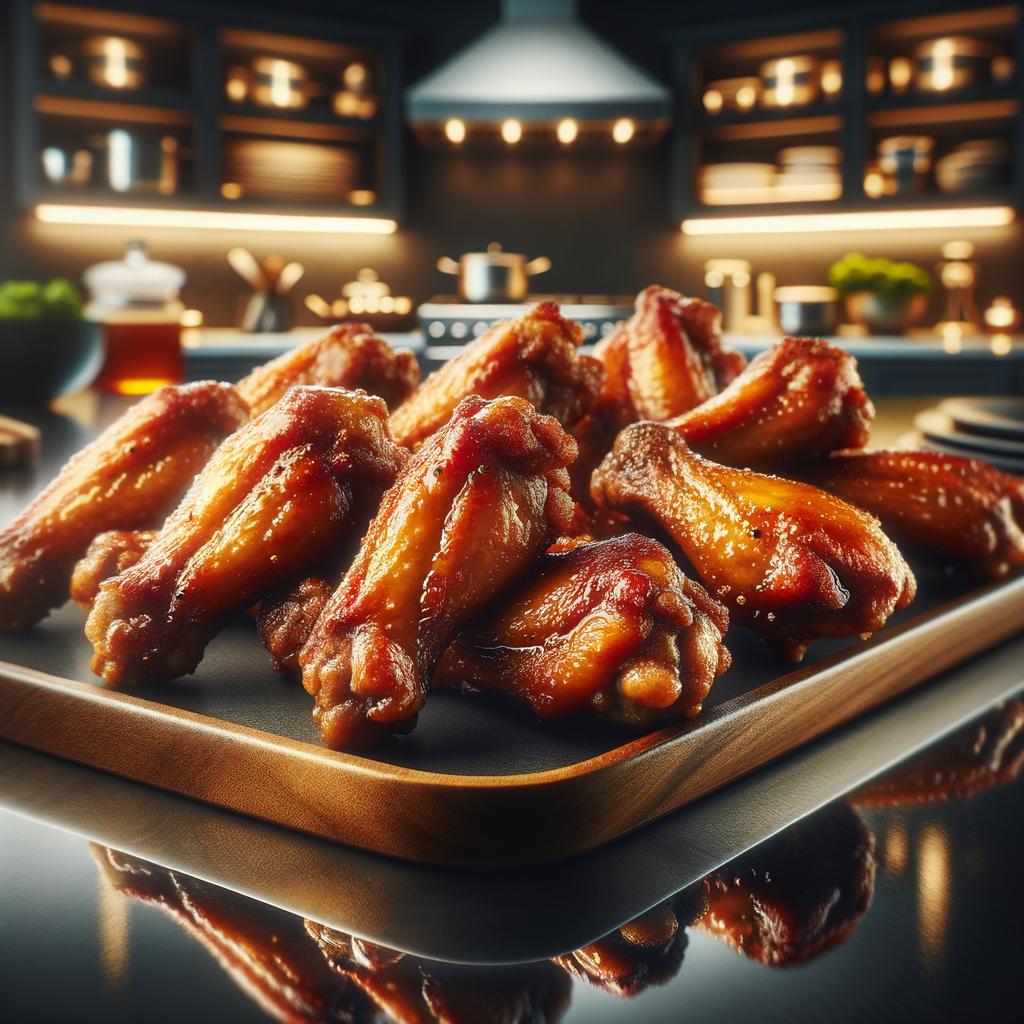Chicken Wings

Description Chicken wings, a cherished ingredient across global cuisines, are the small yet mighty part of the chicken that never fails to bring a sense of joy and camaraderie to a meal. They are characterized by their petite size, yet they pack a punch in flavor. Their skin, when cooked, ranges from a soft, delicate layer in a stew to a crispy, golden brown delight when fried or grilled. The meat inside is tender and juicy, with a flavor profile that is subtly sweet and versatile enough to take on a myriad of spices and sauces. What sets chicken wings apart from other parts of the chicken is the optimum skin-to-meat ratio that gives them a unique texture and taste.
Primary Uses Chicken wings are a versatile ingredient that can be prepared in a multitude of ways across different cuisines. In American cuisine, they are famously served as Buffalo wings, slathered in a spicy, tangy sauce and served with a side of blue cheese dressing. In Chinese cuisine, they are often marinated in a mix of soy sauce, honey, and spices, then either steamed or deep-fried. They also find their way into soups and stews, adding a rich depth of flavor. Outside the kitchen, chicken wings are also symbolic of comfort food and are often associated with social gatherings and sporting events.
History The humble chicken wing has a fascinating history. It's hard to imagine, but there was a time when chicken wings were considered a throwaway part of the chicken in the United States. That all changed in 1964 when Teressa Bellissimo, owner of the Anchor Bar in Buffalo, New York, decided to deep-fry the wings and toss them in hot sauce, giving birth to the now-famous Buffalo wings. Since then, chicken wings have soared in popularity and have become a beloved food item worldwide. They have also inspired countless variations, from Korean fried chicken wings to the spicy jerk chicken wings of Jamaica.
Nutritional Information Chicken wings, while delicious, are often seen as a guilty pleasure due to their high fat content, particularly when they're fried. However, they are also a good source of protein, providing essential amino acids. They contain vitamins such as Vitamin B6 and B12, which are important for brain health and the formation of red blood cells. They also provide minerals like zinc and phosphorus. Compared to other parts of the chicken, wings have a higher skin to meat ratio, which means they can be higher in calories and fat. However, when consumed in moderation and prepared in a healthy way, such as grilling or baking, they can be part of a balanced diet.

